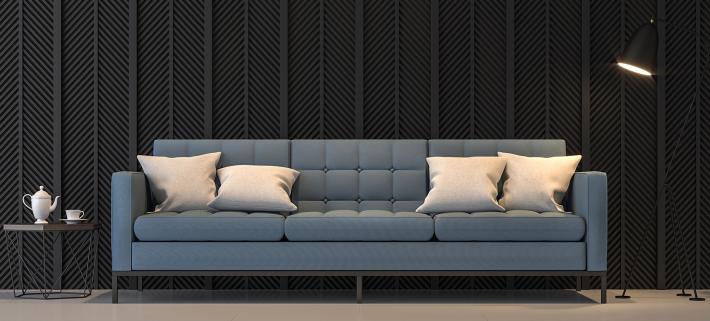The role of digitalization in industry
Manufacturers are generally aware of the need to implement digital solutions in their businesses. They most often consider manufacturing computerization and automation. The concepts of Industry 4.0 and digitalization reach far beyond computers and office software. When planning to invest in digitalization you need to understand the opportunities afforded by Industry 4.0 well.
- Businesses that focus on development and sales growth optimize their manufacturing costs and undergo digital transformation of their product development and cutting processes. Digitalization allows them to track data in real time and make quick, accurate decisions.
- Digitalization also improves cooperation between methods technicians and designers. It makes it possible to put new models into production quicker and speed up lead times.
- Digitalization allows manufacturers to design and develop their products in a less expensive and more precise manner—especially when it comes to personalized furniture—and to evaluate prototype feasibility at the early stages.
- Digitalization reduces the number of errors related to machine operator skill levels. Implementing digital cutting technologies improves production efficiency, which in turn makes it possible to manufacture smaller series and reduce costs.
- Digitalization provides better work comfort. It significantly influences productivity and product quality.
Attitudes towards production plant digitalization was one of the most important issues evoked during the study. The vast majority of respondents (64%) from major companies stated that they were undergoing digitalization in certain areas and were planning to expand it in the future. In turn, approximately 36% of respondents admitted that digitalization was already a priority in their companies and they were planning to focus on it even more in the future. Interestingly, none of the businesses surveyed indicated that they were not planning to digitize production in any capacity.
What lies ahead for the upholstered furniture market ?
Despite increasing manufacturing costs, Poland objectively remains one of the most attractive furniture manufacturing markets in the world. Production competitiveness remains solid, taking such factors as wages, technical culture, expertise, and geographical position into consideration. However, businesses must react to market changes, such as a dwindling working-age population, growing demand for furniture personalization among certain customers, the Internet revolution, new sales models, and the growing importance of major sales organizations. Companies that are able to adapt their operating models to the market situation will succeed.
The economic situation of upholstered furniture manufacturers in Poland is taking a turn for the worse. They need to vastly change their organization, management, and planning. Polish manufacturers are not willing to experiment since they can’t afford the associated risk. Manufacturers are optimizing sales due to the costs of labor, raw materials, and utilities. They are looking for savings through manufacturing and design automation. Only 20% of companies are focusing on building their brands. The key buzzword among upholstered furniture manufacturers is increased productivity.
Two development trends are now being observed:
- Mass production: large scale, low prices, and quick adoption of new products with guaranteed sales volumes
- Personalized and contract manufacturing: smaller companies, smaller scale, wide range of customization, and higher prices
